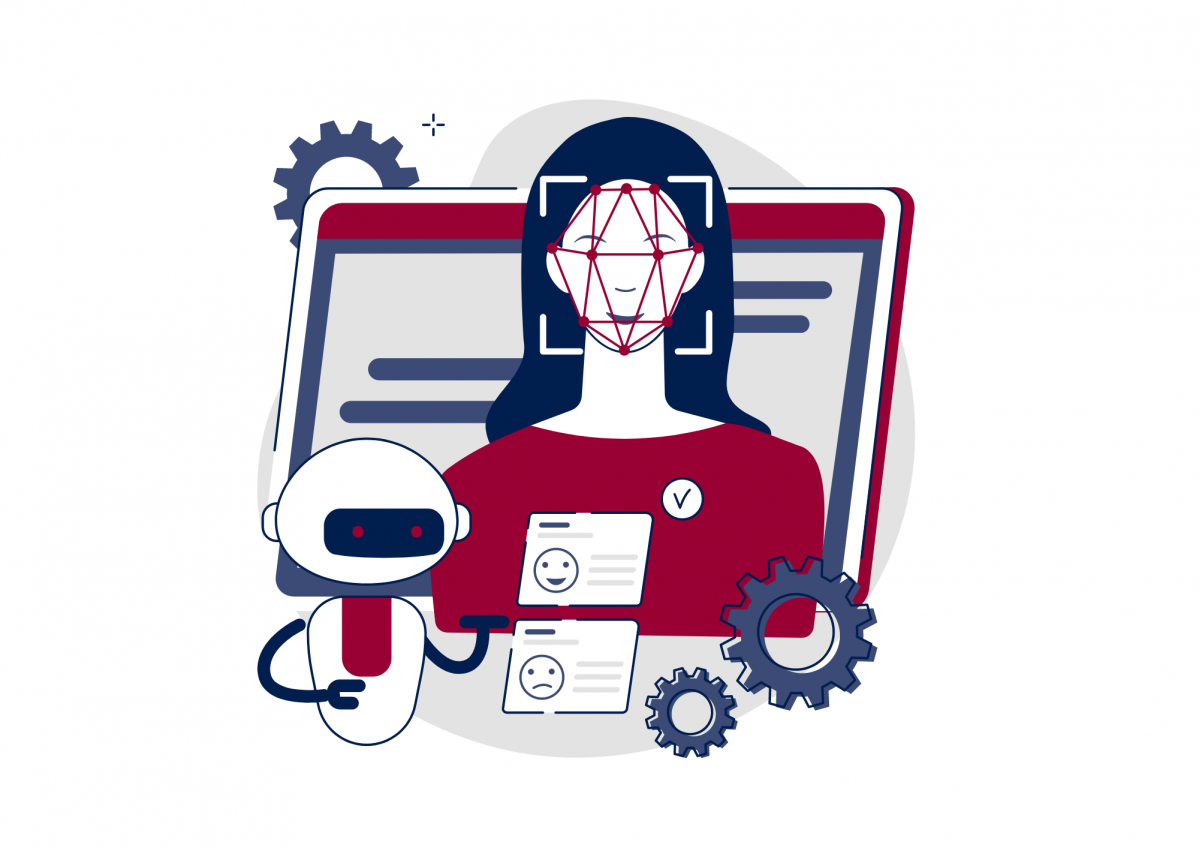AI Detector: Revolutionizing the Way We Identify AI in Text and Media
AI Detector: Revolutionizing the Way We Identify AI in Text and Media
Blog Article
Recognizing the Value of an Ai Detector in Today's Digital Landscape
As artificial intelligence proceeds to penetrate various elements of web content creation, distinguishing between machine-generated and human-generated product has actually come to be increasingly complicated. These instruments not only aid in determining AI-produced material yet additionally promote the honesty of information dissemination.
The Rise of AI Content

The increase of AI-generated content has significant effects for different industries, including journalism, advertising and marketing, and home entertainment - ai detector. Organizations are increasingly making use of these modern technologies to improve efficiency, personalize material, and engage target markets better. The capability to assess large datasets enables AI systems to tailor web content to meet certain user choices, providing a much more tailored experience
Nevertheless, the spreading of AI content additionally raises crucial considerations for material makers and consumers alike. As AI ends up being extra incorporated into material production operations, comprehending the subtleties of AI-generated material is necessary for keeping top quality and relevance in a quickly advancing digital setting. Embracing this technical innovation while remaining alert concerning its effects is essential for stakeholders in the digital media landscape.
Difficulties of Credibility
The appearance of AI-generated content has introduced considerable obstacles pertaining to credibility in electronic media. As algorithms become more advanced, differentiating in between machine-generated and human-created web content comes to be significantly difficult. This obscuring of lines elevates concerns about the reliability of information and the potential for misinformation to proliferate.
Among the key obstacles is the disintegration of trust fund amongst consumers. With AI capable of producing reasonable text, images, and video clips, people might discover it challenging to discern real resources from misleading ones. This uncertainty can cause a wider mistrust of all digital web content, making complex efforts to identify reliable information.
In addition, the effects for copyright are considerable. As AI tools create material based on existing jobs, questions regarding possession and originality arise. Web content designers may battle to secure their work from anonymous AI reproductions, threatening their resources and legal rights.
Lastly, the capacity for malicious uses AI-generated web content, such as deepfakes and automatic publicity, presents serious honest and societal dangers. These challenges highlight the immediate requirement for structures that maintain credibility in the digital landscape, making certain that info continues to be reputable and trustworthy.
Function of AI Detectors
Addressing the difficulties of credibility in electronic media calls for innovative services, and AI detectors have actually arised as a crucial tool in this initiative. These modern technologies are developed to assess and identify content generated by man-made knowledge, therefore facilitating the discernment between human-created and machine-generated materials. The function of AI detectors prolongs past plain recognition; they additionally add to keeping the honesty of information consumed by the public.
AI detectors utilize sophisticated algorithms to scrutinize various elements of digital content, consisting of etymological patterns, architectural abnormalities, and certain pens that suggest automation. Their application covers several industries, including journalism, education, and social media sites, where the visibility of AI-generated web content can cause false information and erosion of count on.

Benefits of Using AI Detectors
Making sure authenticity in electronic content symbolizes the fundamental requirement for rely on info sources, and AI detectors function as an effective ally in this pursuit. By recognizing AI-generated material, these devices help keep the integrity of info, therefore securing customers from misinformation and improving total content high quality.
Among the primary advantages of using AI detectors is their capability to simplify content verification procedures, significantly minimizing the moment and initiative required to examine the credibility of electronic materials. This effectiveness allows content designers, educators, and organizations to concentrate on generating top notch and dependable info, instead than investing too much resources on fact-checking.
Additionally, AI detectors foster liability amongst material makers. The knowledge that AI-generated web content can be determined motivates openness and moral methods in material manufacturing. This, subsequently, contributes to a more enlightened electronic community, as users can confidently engage with validated info.
Future of Web Content Verification
As the landscape of digital web content remains to evolve, the future of content verification tests both provides and possibilities for keeping credibility. As AI innovations advance, so also do the approaches for distributing and developing misinformation (ai detector). This arms race in between material makers and confirmation tools necessitates the growth of a lot more sophisticated AI detectors efficient in discerning genuine content from controlled or fabricated material

Additionally, the surge of decentralized modern technologies, such as blockchain, holds promise for validating material provenance, making sure that individuals can map the beginnings of the info they take in. Inevitably, the future of material confirmation will pivot on our capacity to innovate in the face of developing threats, promoting a digital atmosphere where authenticity is recognized and promoted as a fundamental principle.
Conclusion
In conclusion, the expansion of AI-generated web content demands durable mechanisms for credibility confirmation. The future of material confirmation pivots on the efficiency of AI Website detectors in preserving reputation across different media platforms.
AI content production devices, such as all-natural language processing versions and generative adversarial networks, make it possible for organizations and individuals to create premium content at extraordinary speeds and reduced prices.
Nevertheless, the expansion of AI material additionally raises essential factors to consider for material designers and consumers alike. As the sophistication of helpful hints AI-generated web content continues to progress, the role of AI detectors comes to be significantly crucial in protecting credibility and promoting transparency in digital communication. The expertise that AI-generated material can be identified encourages openness and honest practices in material manufacturing.As the landscape of electronic content proceeds to advance, the future of material verification challenges both provides and opportunities for preserving credibility.
Report this page